The legal dispute shakes Spain’s electricity system, opening a new front between the main grid operator and one of the country’s largest utilities, in a conflict with major political, technical and reputational implications.












The legal dispute shakes Spain’s electricity system, opening a new front between the main grid operator and one of the country’s largest utilities, in a conflict with major political, technical and reputational implications.
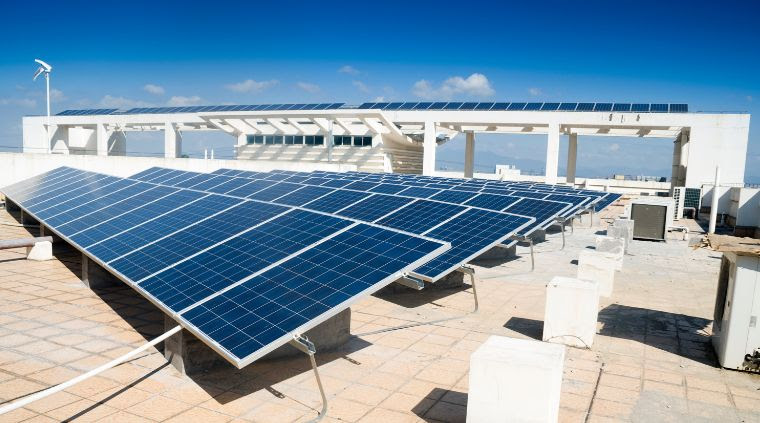
The country ranks as the second European destination for foreign investment in clean energy and the fourth most sustainable economy worldwide, while opening a new stage of cooperation with Asia focused on hydrogen, storage, digitalisation and industrial expansion.

During the 10th Energy Week, the head of the energy division at the World Economic Forum stressed that the region starts from an exceptional base in clean power generation, but must strengthen policy, finance, and human capital to scale up its global leadership.
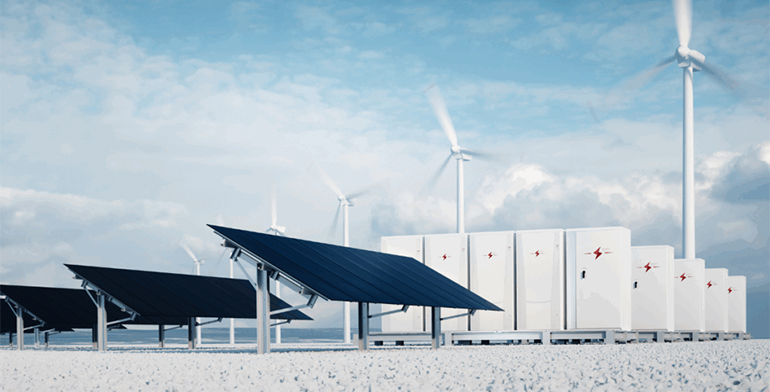
The agency highlights the European Union as one of the most dynamic regions in the global expansion of renewable energy, with growth driven by new policies, capacity auctions and the rise of self-consumption solar.

Representatives from CREG, ACOLGEN, FENOGE, the National Planning Department (DNP), and the Ministry of Mines and Energy will discuss the decisions that will mark the transition toward a more competitive, flexible, and sustainable electricity system at the most important renewable energy meeting in the sector.
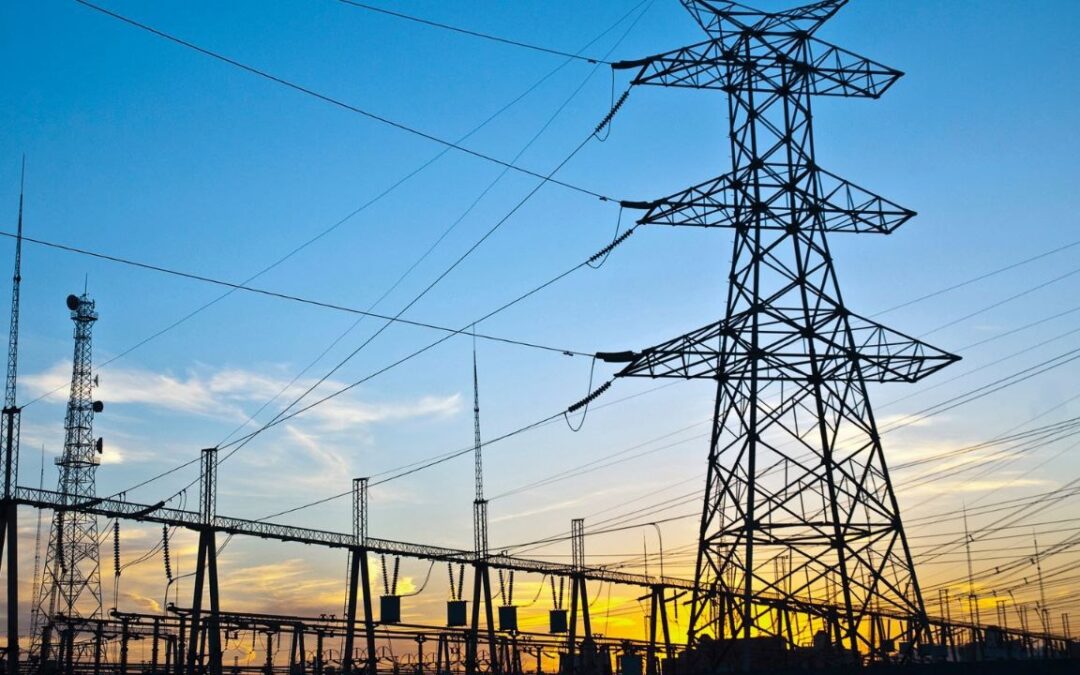
With an associated investment of approximately 13.6 billion, it gives priority to covering the country’s industrial and development needs. The autonomous communities had the opportunity to assess the Proposal last September. Allegations can be submitted until December 16.

The company showcases three of its flagship products in PVBook, the international strategic catalogue: the SG350HX inverter and the ST5015UX-2H and ST5015UX-4H storage systems, designed to maximise efficiency.
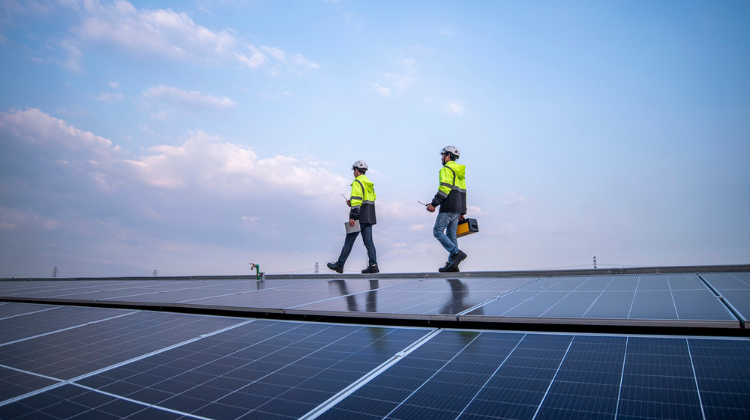
The new Royal Decree will remain open for public consultation until 24 October, although the sector does not foresee significant changes being demanded. Which areas hold the greatest potential under the new provisions?

Nineteen PPAs totalling 653 MW were signed, driven by corporate agreements in Italy and Spain. While volumes increased compared to August, the solar share continues to decline and the market approaches year-end cautiously.
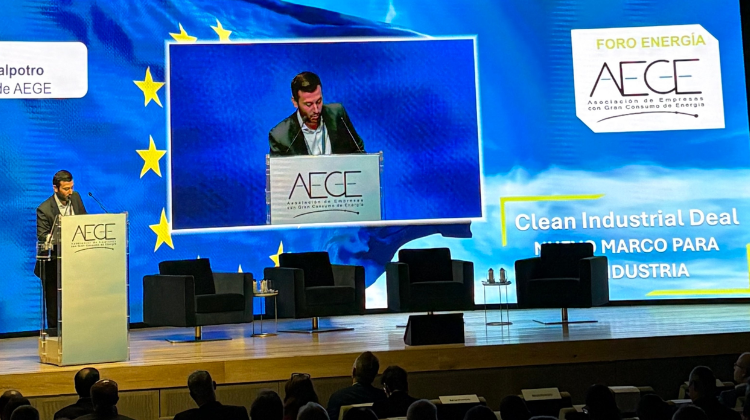
During the AEGE Energy Forum 2025, industry representatives proposed a new model of three-party contracts between the public sector, energy producers and electro‑intensive consumers — a formula aimed at reducing volatility and accelerating decarbonisation.
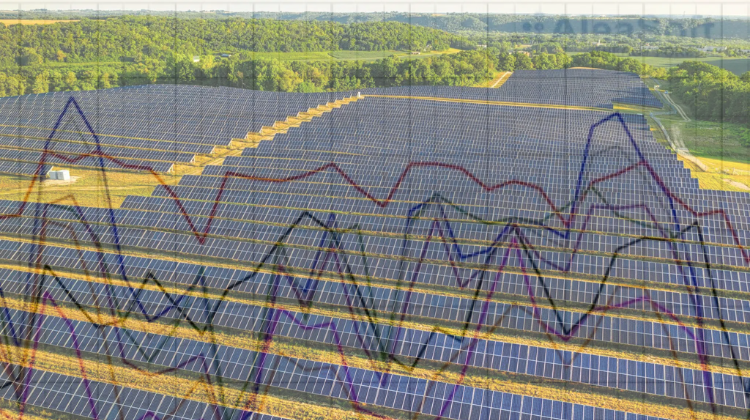
Photovoltaic production reached historic records for a single day in October in the main European markets, and wind energy also reached record levels in several of them. The increase in renewable generation, along with lower electricity demand in most markets and the drop in gas prices, were the main factors behind the price decline. For their part, CO2 futures reached their highest settlement price since mid-February, above €79/t, and Brent futures reached their lowest since the end of May.
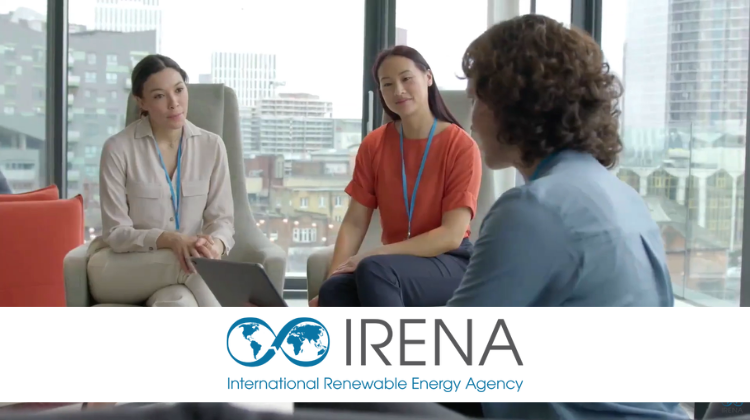
Strategies must target persisting underrepresentation of women across the global renewable energy landscape.
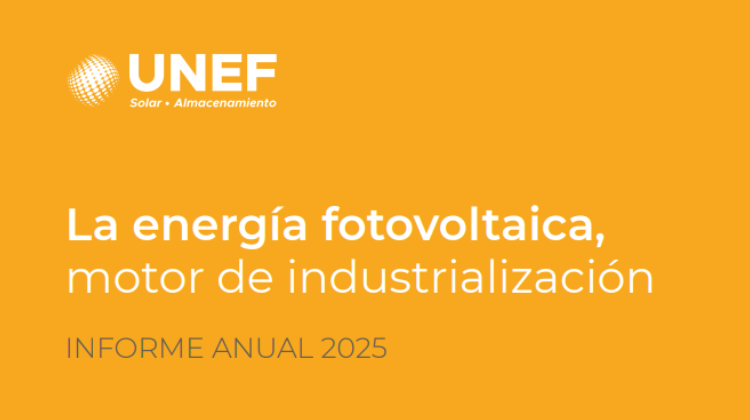
According to UNEF’s 2024 Annual Report, a total of 7,221 MW were installed last year, mainly on land, with 6,039 MW of new capacity installed. However, self-consumption registered a 31% drop in installed capacity compared to 2023, with only 1,182 MW of new capacity by the end of 2024.
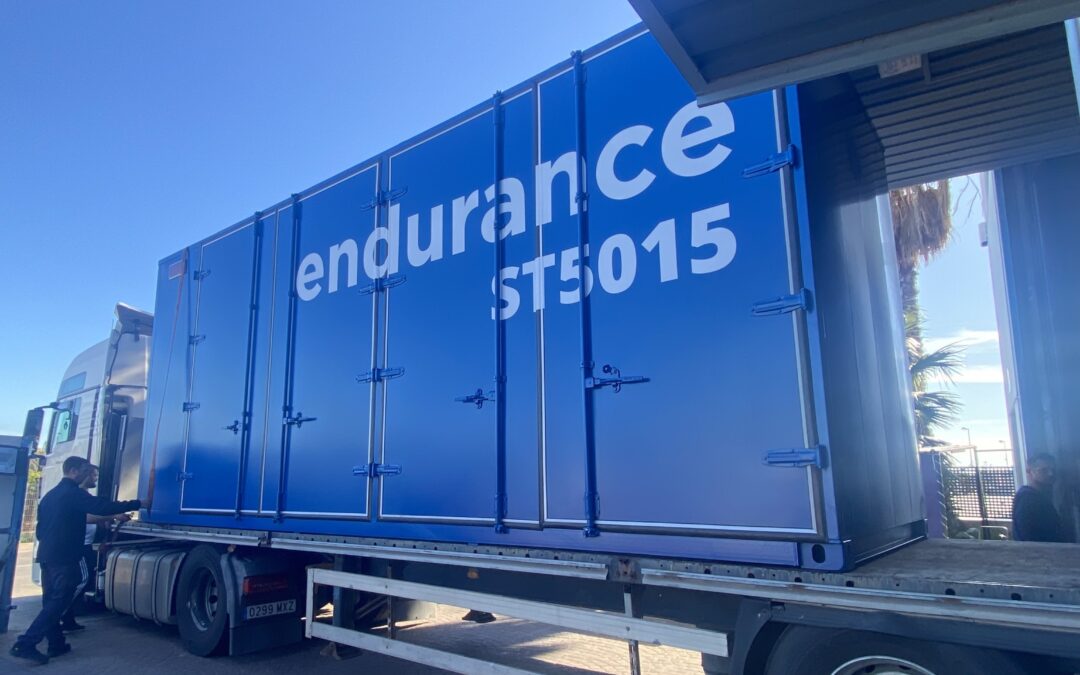
With the acquisition of grid access permits for both generation and demand, Endurance is making progress in its growth plan after closing an agreement with Kenergy that will bring 800 MWh to market.

The document is expected to be published before Wednesday, with high expectations that the proposed measures will enhance citizen participation, efficiency and transparency within Spain’s collective self-consumption model.
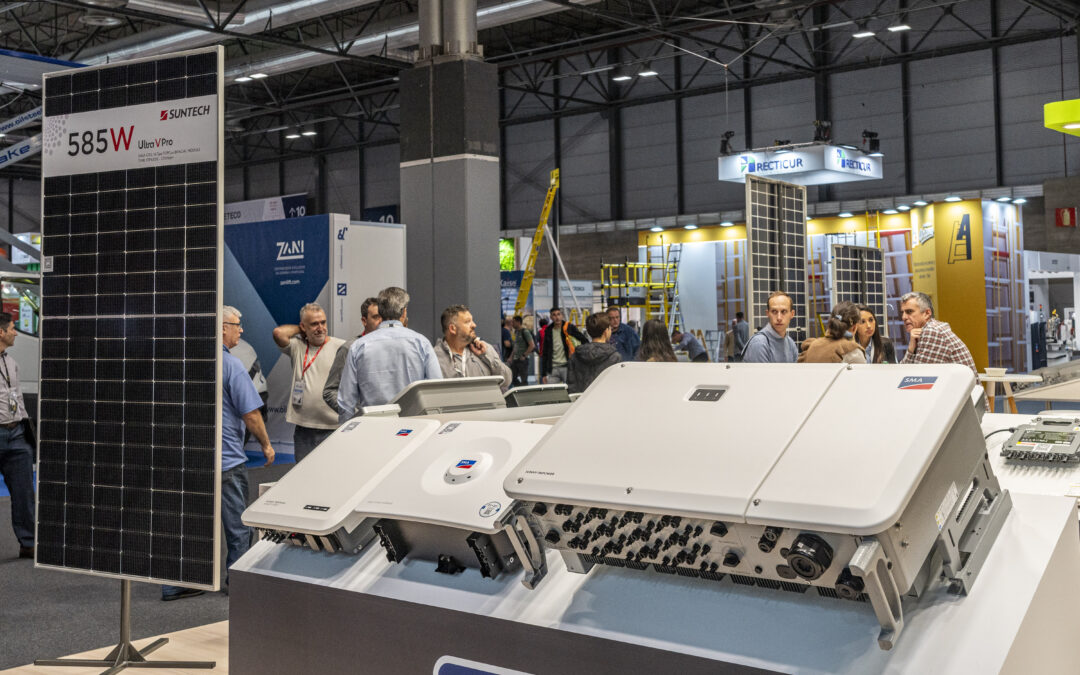
The International Electrification and Decarbonization Week will feature over 34,000 square meters of exhibition space where you can discover the latest developments in renewable energy, electrification, and technological solutions for the electrical industry. The International Electrification and Decarbonization Week, which includes the GENERA and MATELEC trade fairs, will be held from November 18 to 20, 2025, at IFEMA Madrid.
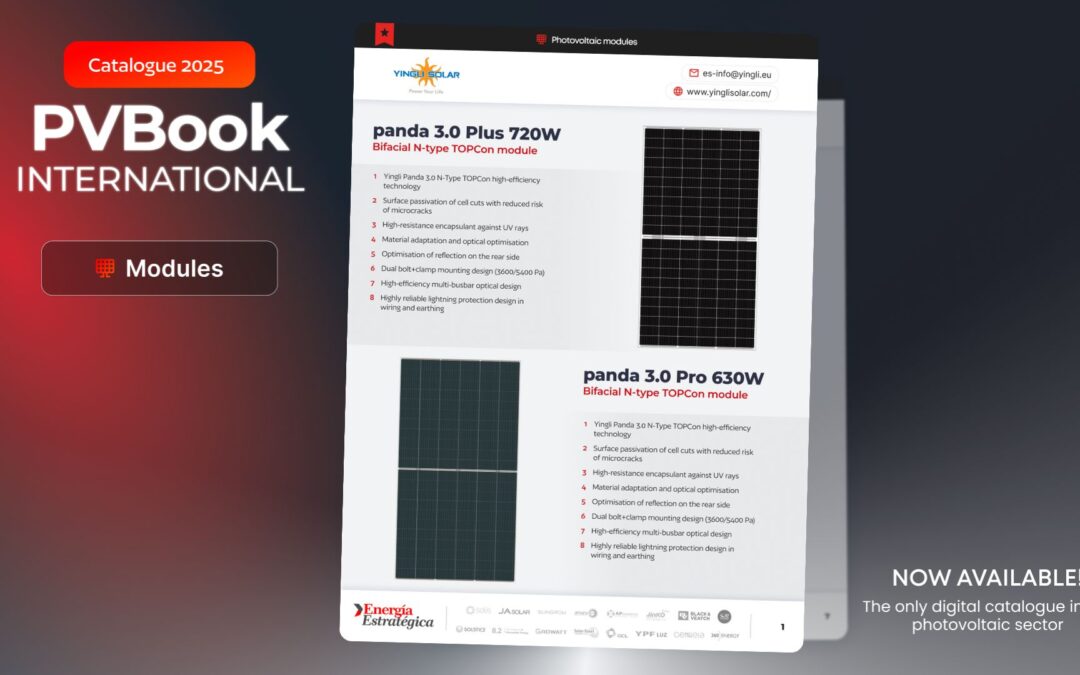
The Chinese company stands out with its high-efficiency bifacial modules Panda 3.0 Plus 720W and Panda 3.0 Pro 630W in the PVBook 2025 international catalog, prepared by Energía Estragica.

The European grid operator makes it clear in its report today that the April 28 blackout was not due to an excess of renewable energy. The report does not identify inertia issues, but rather voltage control issues. The regulations in force at the time of the blackout did not allow renewables to control voltage, even though they were technically prepared to do so.
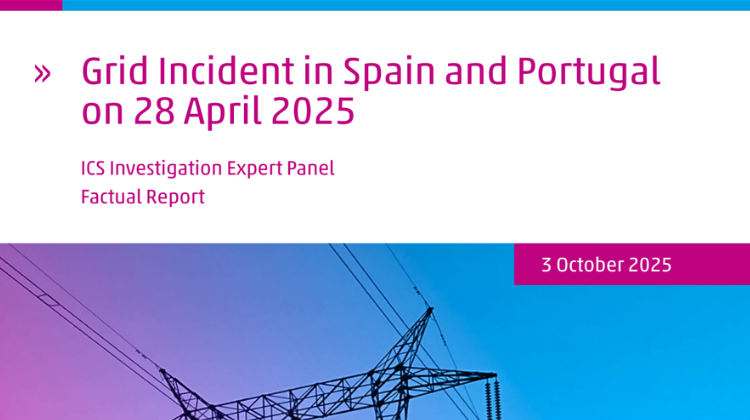
Over 80% acknowledge human impact on the climate crisis, yet most fell for false claims about the 28 April blackout. A study warns that digital manipulation is threatening public debate in Spain and the United Kingdom.

The report presents facts and data on the system conditions during the Iberian blackout on 28 April 2025, as well as a detailed sequence of events. The report did not analyse the root causes of the blackout.
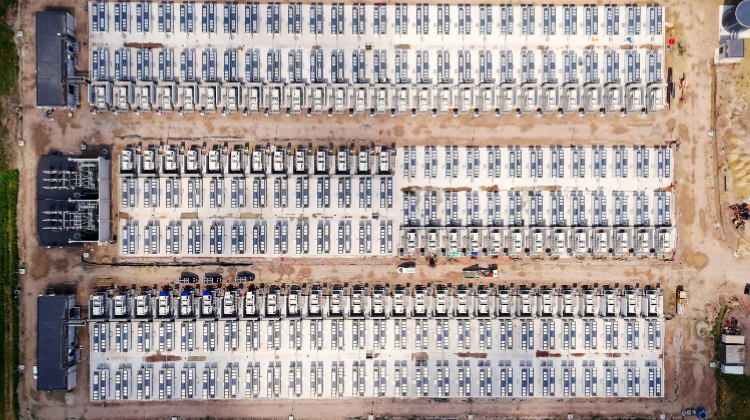
The system, deployed in the United Kingdom, integrates Sungrow’s inverters and storage solutions with grid response capability, ensuring operational stability and facilitating the integration of more renewable projects in the country.


The legal dispute shakes Spain’s electricity system, opening a new front between the main grid operator and one of the country’s largest utilities, in a conflict with major political, technical and reputational implications.

The country ranks as the second European destination for foreign investment in clean energy and the fourth most sustainable economy worldwide, while opening a new stage of cooperation with Asia focused on hydrogen, storage, digitalisation and industrial expansion.

During the 10th Energy Week, the head of the energy division at the World Economic Forum stressed that the region starts from an exceptional base in clean power generation, but must strengthen policy, finance, and human capital to scale up its global leadership.

The agency highlights the European Union as one of the most dynamic regions in the global expansion of renewable energy, with growth driven by new policies, capacity auctions and the rise of self-consumption solar.

Representatives from CREG, ACOLGEN, FENOGE, the National Planning Department (DNP), and the Ministry of Mines and Energy will discuss the decisions that will mark the transition toward a more competitive, flexible, and sustainable electricity system at the most important renewable energy meeting in the sector.

With an associated investment of approximately 13.6 billion, it gives priority to covering the country’s industrial and development needs. The autonomous communities had the opportunity to assess the Proposal last September. Allegations can be submitted until December 16.

The company showcases three of its flagship products in PVBook, the international strategic catalogue: the SG350HX inverter and the ST5015UX-2H and ST5015UX-4H storage systems, designed to maximise efficiency.

The new Royal Decree will remain open for public consultation until 24 October, although the sector does not foresee significant changes being demanded. Which areas hold the greatest potential under the new provisions?

Nineteen PPAs totalling 653 MW were signed, driven by corporate agreements in Italy and Spain. While volumes increased compared to August, the solar share continues to decline and the market approaches year-end cautiously.

During the AEGE Energy Forum 2025, industry representatives proposed a new model of three-party contracts between the public sector, energy producers and electro‑intensive consumers — a formula aimed at reducing volatility and accelerating decarbonisation.

Photovoltaic production reached historic records for a single day in October in the main European markets, and wind energy also reached record levels in several of them. The increase in renewable generation, along with lower electricity demand in most markets and the drop in gas prices, were the main factors behind the price decline. For their part, CO2 futures reached their highest settlement price since mid-February, above €79/t, and Brent futures reached their lowest since the end of May.

Strategies must target persisting underrepresentation of women across the global renewable energy landscape.

According to UNEF’s 2024 Annual Report, a total of 7,221 MW were installed last year, mainly on land, with 6,039 MW of new capacity installed. However, self-consumption registered a 31% drop in installed capacity compared to 2023, with only 1,182 MW of new capacity by the end of 2024.

With the acquisition of grid access permits for both generation and demand, Endurance is making progress in its growth plan after closing an agreement with Kenergy that will bring 800 MWh to market.

The document is expected to be published before Wednesday, with high expectations that the proposed measures will enhance citizen participation, efficiency and transparency within Spain’s collective self-consumption model.

The International Electrification and Decarbonization Week will feature over 34,000 square meters of exhibition space where you can discover the latest developments in renewable energy, electrification, and technological solutions for the electrical industry. The International Electrification and Decarbonization Week, which includes the GENERA and MATELEC trade fairs, will be held from November 18 to 20, 2025, at IFEMA Madrid.

The Chinese company stands out with its high-efficiency bifacial modules Panda 3.0 Plus 720W and Panda 3.0 Pro 630W in the PVBook 2025 international catalog, prepared by Energía Estragica.

The European grid operator makes it clear in its report today that the April 28 blackout was not due to an excess of renewable energy. The report does not identify inertia issues, but rather voltage control issues. The regulations in force at the time of the blackout did not allow renewables to control voltage, even though they were technically prepared to do so.

Over 80% acknowledge human impact on the climate crisis, yet most fell for false claims about the 28 April blackout. A study warns that digital manipulation is threatening public debate in Spain and the United Kingdom.

The report presents facts and data on the system conditions during the Iberian blackout on 28 April 2025, as well as a detailed sequence of events. The report did not analyse the root causes of the blackout.

The system, deployed in the United Kingdom, integrates Sungrow’s inverters and storage solutions with grid response capability, ensuring operational stability and facilitating the integration of more renewable projects in the country.
Select the sector you
want to know more about
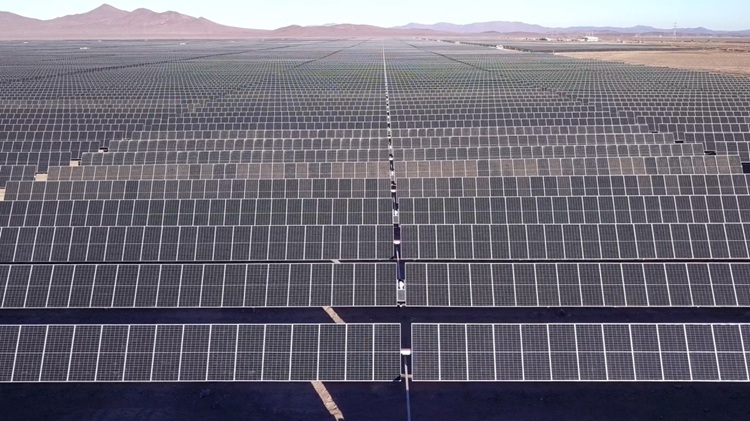
The company will install a large-scale BESS system at its Malgarida solar complex to optimize renewable-energy management in Chile, where it operates 922 MW of installed capacity across wind and solar assets.

Colombian energy planning agency UPME cleared 101 stalled grid-connection requests between 2022 and 2025, recovering 5,000 MW of transmission capacity—equivalent to 25% of the country’s installed power generation. The move opens space for new solar PV, wind power and clean energy projects.

The Spanish solar-tracking manufacturer has strengthened its presence in Peru, surpassing 30% market share and positioning the Andean country as its third most relevant market worldwide. CEO Christopher Atassi Morales detailed the company’s growing project pipeline, including its role in the CSF Illa solar complex. Solar Steel expects to exceed 1 GW of installed capacity in the country by 2025, reinforcing its strategic importance in Latin America.